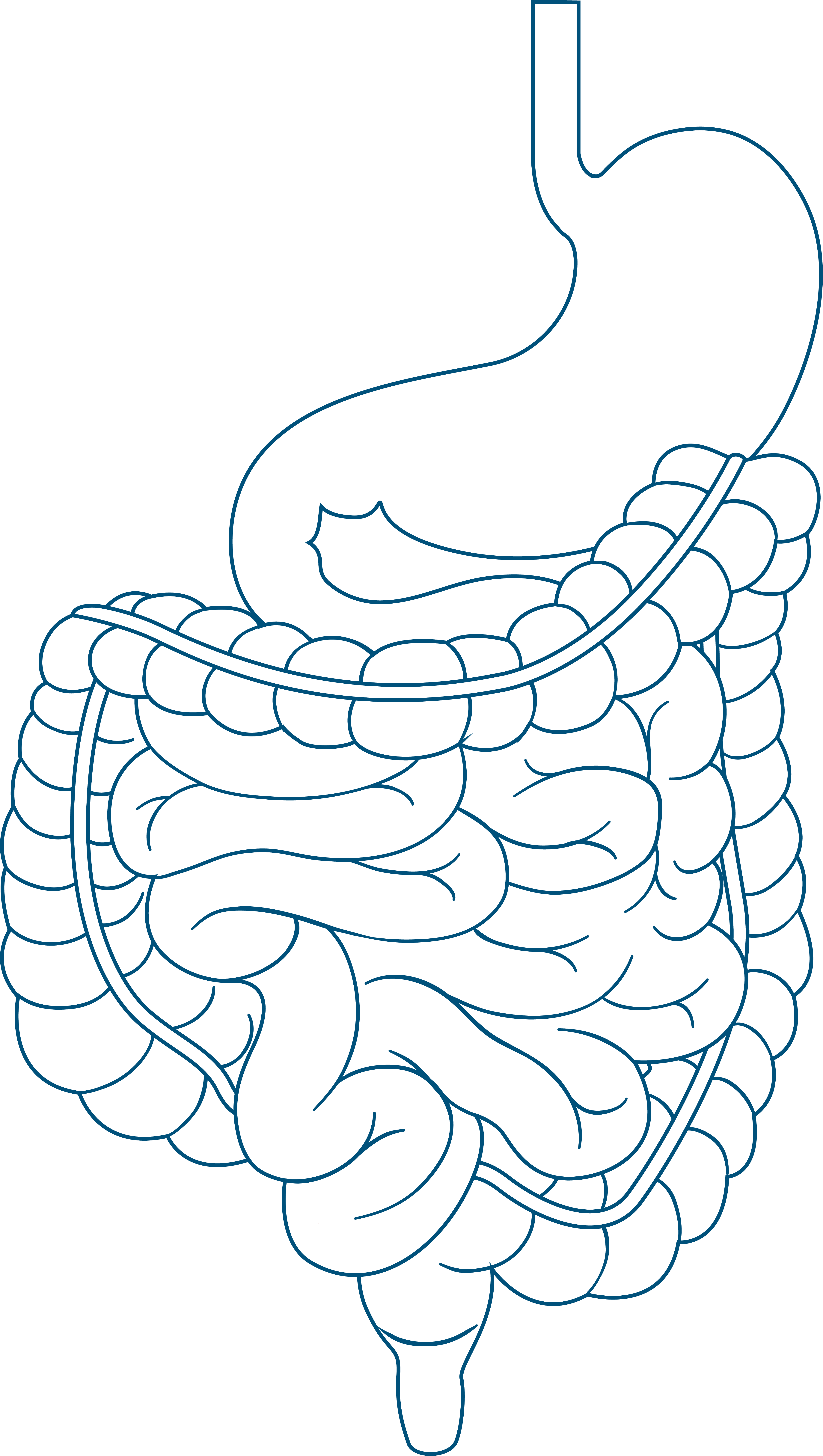
Formulations
Formulations, whether these are capsules, tablets, coated powders, whole foods or bacterial formulations, are designed to protect the actives from the harsh conditions in specific parts of the gastrointestinal tract like the acidic pH in the stomach, and to release actives at the desired site of action in the gastrointestinal tract.
ProDigest’s upper GI tract simulations can provide detailed insight in the ability of the formulation to protect its active under both fasted and fed conditions and whether a targeted or delayed release formulation is successfully achieved. Based on the detailed and spatiotemporal information generated, formulation strategies can be evaluated, compared and validated prior to in vivo use. If relevant, the physiological and microbiological conditions can be adjusted to specific healthy or diseased conditions.
At the same time, the ability of the active to exert its effect after being released from the formulation can be investigated using the SHIME® , short-term colon and Colon-on-a-plate® in case an impact on the microbiome is investigated or using cell assays in case the gut cells are targeted. ProDigest’s metabolomics platform MetaKey® can support the quantification of actives released by the formulation as well as metabolization and degradation of the actives. Other analytical techniques are available as well.
Other formulations are specifically designed for enabling dissolution and absorption of drugs in the upper gastrointestinal tract upon oral administration. Often, for small molecules, the major challenge that must be tackled is that the large majority of currently investigated drug candidates are poorly water soluble. For the detailed study of the interplay between dissolution and permeation of small molecule drugs, ProDigest launched the DIAMOD® in January 2021.

Research questions

Targeted delivery and release of an active
Effect of released active in the large intestine


